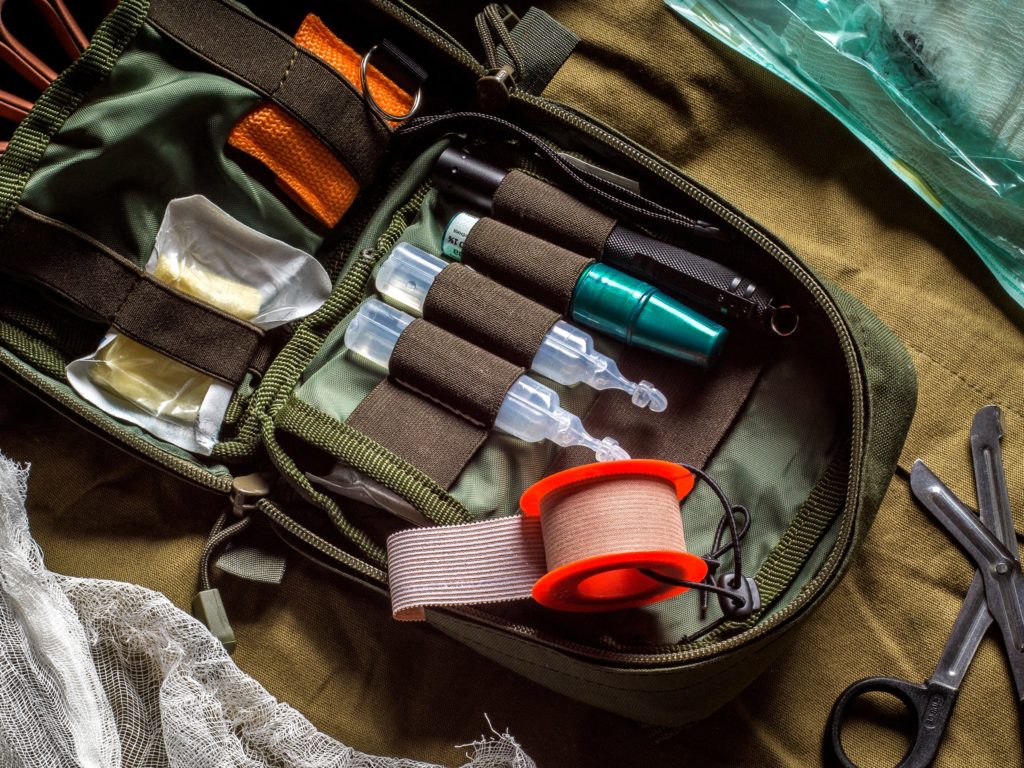Accidents and emergencies can occur to anybody, anywhere, at any time. In these circumstances, a well-stocked first aid pack can make all the difference by offering the tools and resources required to treat minor wounds and medical problems. Building a thorough first aid pack may seem difficult for novices, but it is possible with the right planning and direction. Make sure you are ready to handle situations confidently by creating a first aid pack customized to your unique needs and location. This post will give beginners instructions on creating a thorough first-aid pack that will make you more ready for unanticipated injuries or medical situations.
Assess Your Needs
Determine your needs before beginning to assemble your first aid pack. Think about the usual activities you and your family participate in and any risks involved. For instance, a first aid pack with supplies for treating insect bites, snake bites, and other environmental wounds may be necessary if you enjoy hiking or camping. If you have kids, put together a kit with supplies for treating scrapes, bruises, and sprains that happen to kids all the time.
Basic Supplies
Every complete first aid kit needs to have the essential items. You don’t even need to leave home to order them. Today it’s possible to get all of these first aid supplies online. These materials include a CPR mask, medical gloves, scissors, adhesive bandages in various sizes, gauze pads, adhesive tape, and antiseptic wipes. With these tools, you can provide first aid, protect yourself, and treat minor injuries.
Medications
Add some over-the-counter drugs to your first aid pack that can be used to treat common illnesses, including fever, allergies, and pain. Acetaminophen and ibuprofen are two examples of painkillers that can be used to treat pain and lower fever. Insect bites and allergies can be treated with antihistamines. A first aid handbook that can instruct you on utilizing these medications should be included.
Emergency Equipment
Your first aid pack should also contain emergency supplies. A flashlight, whistle, and emergency blanket are included in this kit. These supplies will be helpful in an emergency, such as a power outage or getting lost in the wilderness.
Specialized Items
Consider adding specialized supplies to make your first aid kit more personalized for your needs, including glucose tablets or a blood glucose meter, for instance, if you have diabetes. Include bug repellent and water purification tablets if you visit abroad, including an EpiPen if you or a family member has a severe allergy.
Storage
Once your first aid kit is put together, keep it in a convenient, cool, and dry location. Be sure to keep youngsters and pets away from the first aid kit. Regularly check your first aid kit to ensure it is well stocked and replace any expired or outdated supplies.
Creating a thorough first aid bag for beginners could seem overwhelming, but it doesn’t have to be. You can create a first aid kit specific to your requirements by evaluating your requirements, including basic supplies, prescriptions, emergency equipment, and specialist goods, and putting it in a secure location. Having a first aid kit on hand can provide you peace of mind in the event of an unforeseen injury or medical emergency. A well-stocked first aid kit can mean the difference between life and death in an emergency.

